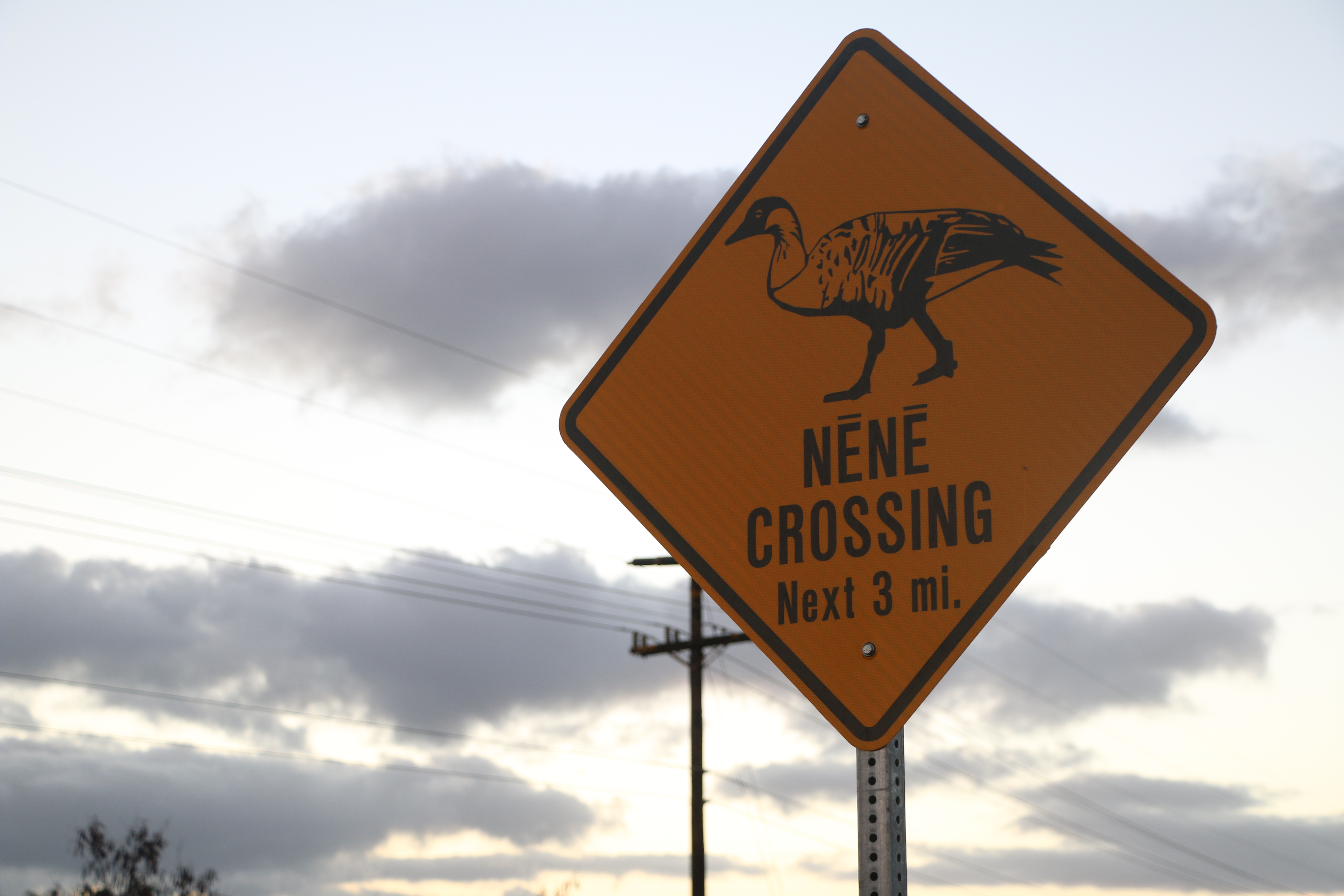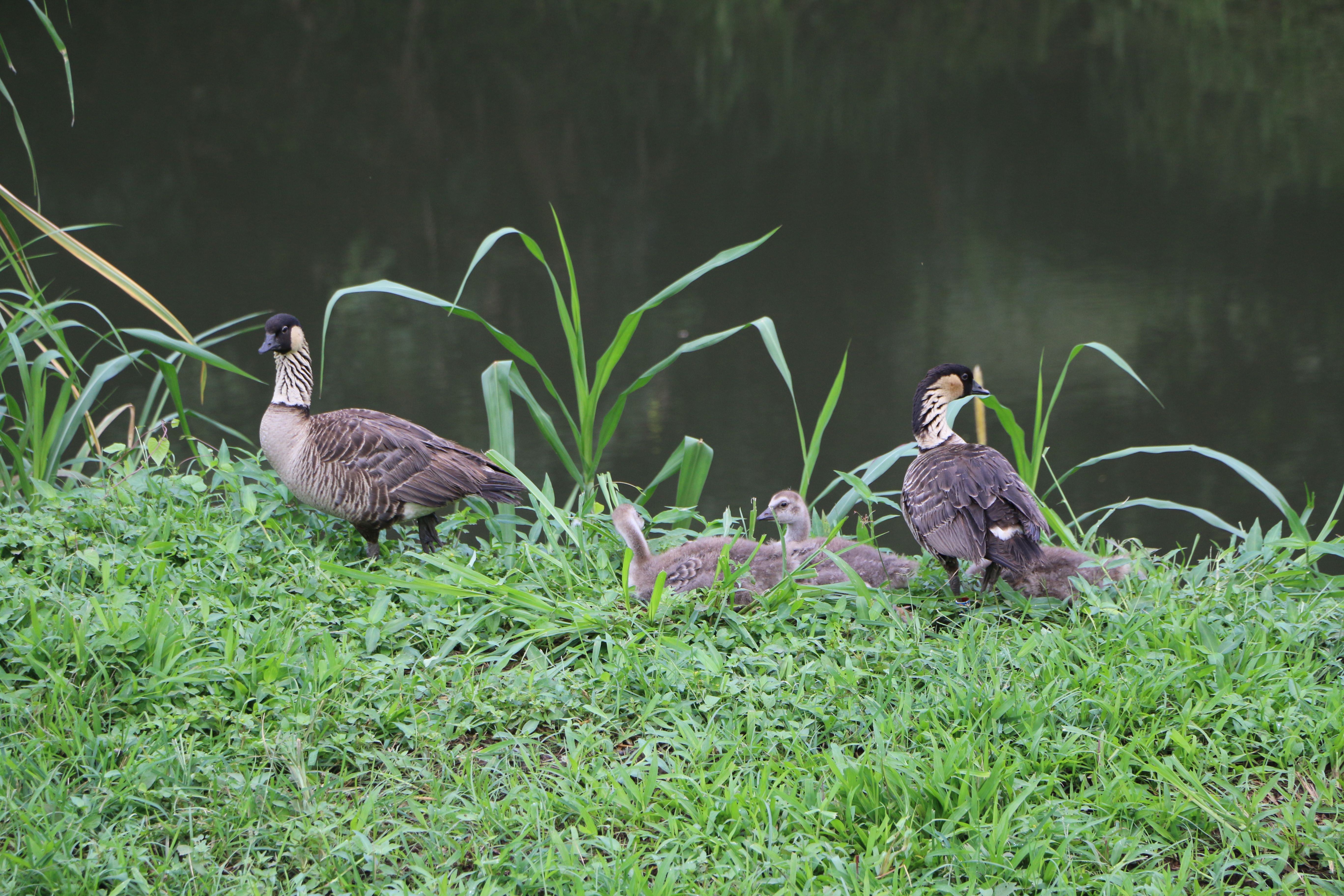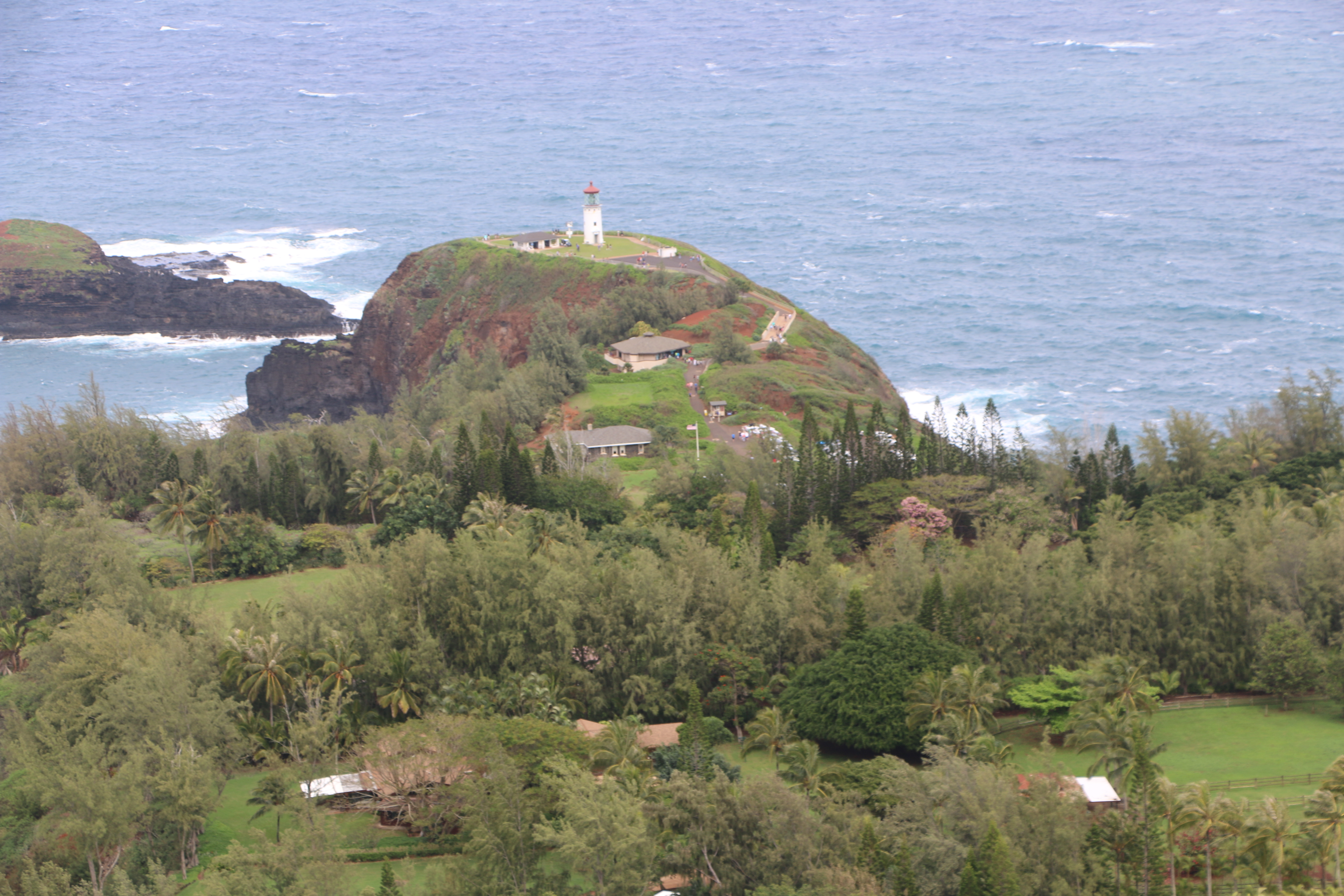50 Nēnē Killed on Kauaʻi Roads in Last Two Years
In the final weeks of 2016, eight nēnē or Hawaiian geese have been killed by vehicles along a two mile stretch of the Kaumuali‘i Highway in Kekaha.
Nēnē are only found in Hawai‘i and are listed as endangered due to their low number, with an estimated 1,200 remaining on Kaua‘i.
In the past two years 50 nēnē have been struck and killed by cars across the roadways of Kaua‘i. Typically the majority of vehicle strikes occur in Hanalei and Kilauea, however authorities say the most recent strikes are occurring on the west side of the island.
It is believed that 25,000 nēnē were present in the Hawaiian Islands when Captain Cook arrived in 1778. By the mid 1940’s only 50 birds remained.
Since then, through captive breeding efforts and extensive predator control the population is beginning to grow with almost 3,000 birds statewide. Even with ongoing conservation efforts nēnē are still considered to be the rarest goose species in the world.
Nēnē begin building nests and laying eggs as early as August although the greatest number of road strikes occur between December and April during the peak of the breeding and molting season. It is during this time of year that both adults and goslings are flightless for a period of time and are especially vulnerable.
Nēnē are often seen foraging along the edges of highways and ditches as a result of regular mowing and runoff from the pavement creating especially desirable grass in these areas.
Jean Olbert, a nēnē biologist with the DLNR Division of Forestry and Wildlife said, “With recent rains on the west side, reports of nēnē crossing the highway in Kekaha have increased dramatically. Nēnē regularly cross the road in the evening and early morning hours making it even more important to be on the lookout during these times. Nēnē remain with their mates for life and travel with their families during this time of year. After a nēnē is killed on a road the remaining family members are often unwilling to leave the body, resulting in multiple birds being killed over a short period of time.”
Nēnē crossing signs have recently been posted by the Department of Transportation along the Kaumuali‘i Highway in Kekaha and the Kūhio Highway in Hanalei in regions where birds frequently cross roadways.
DLNR/DOFAW is working with county and state transportation departments and federal partners to potentially add more signs in high-strike zones. Drivers are asked to please slow down and be extra attentive in these areas, especially in low light conditions.

Nēnē crossing on Kauaʻi, PC: Department of Land and Natural Resources, Division of Forestry and Wildlife.

Nēnē crossing on Kauaʻi, PC: Department of Land and Natural Resources, Division of Forestry and Wildlife.

Nēnē crossing on Kauaʻi, PC: Department of Land and Natural Resources, Division of Forestry and Wildlife.

Nēnē crossing on Kauaʻi, PC: Department of Land and Natural Resources, Division of Forestry and Wildlife.

Nēnē crossing on Kauaʻi, PC: Department of Land and Natural Resources, Division of Forestry and Wildlife.













